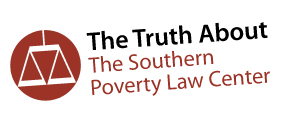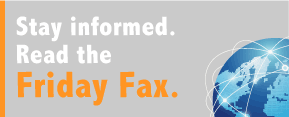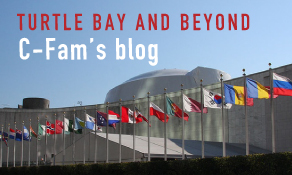New USAID Policy Expands Digital Censorship

Samantha Power, Administrator, USAID
WASHINGTON, D.C., September 6 (C-Fam) The Biden administration is beefing up the U.S. government’s capacity for social control and social engineering around the world.
The U.S. Agency for International Development has launched a ten-year Digital Policy to expand access to the internet and digital technology. The declared goal of the policy is not only to increase connectivity but to promote “democracy” and western “human rights” standards, including through social control tools like censorship and propaganda.
At the unveiling of the Digital Policy, USAID Administrator, Samantha Power described the policy as “a race against time for the broader functionality of our democracies and of governance.”
Power explained that China, Russia, and other U.S. geo-political rivals had invested “astronomical” amounts in information technology globally and the U.S. was still catching up.
The policy creates a new office in charge of digital infrastructure development and also doubles the USAID budget for digital infrastructure from $15 million to $30 million. That may seem a small amount, but the policy will leverage hundreds of millions more in private resources. It will operate as a partnership with the private sector and mobilize official U.S. government channels to facilitate private investments in digital infrastructure abroad.
Beyond the benefit to U.S. tech investors, the purpose of the policy is to impact politics in foreign countries through standards for digital media that govern domestic political discourse. The policy complement’s USAID’s democracy and governance policy, which calls for “healthy information ecosystems.”
The investments USAID hopes to attract will be directed not just to digital infrastructure but to digital content control tools. Investments will be used to train and hire “content moderators” and “data enrichment workers” who classify information that trains artificial intelligence to detect and censor content deemed to be harmful according to human rights and democracy standards.
Samantha Power touted a comprehensive set of initiatives to develop international human rights standards that promote censorship and propaganda to be used by all technology platforms, sometimes under the label “media litaracy.” She said they are building a collation of “inclusive rights respecting tech around the world.” The agency calls all it “human rights by design.”
The human rights component of the policy includes promoting controversial transgender policies and countering traditional beliefs about marriage and family. The policy blames “global democratic backsliding” on “online information manipulation campaigns, often targeting marginalized groups, particularly women, girls, and LGBTQI+ communities.”
While the policy purports to promote free speech, the policy defines “information manipulation” and “information integrity” vaguely, with reference to a UN Secretary General brief and a classified U.S. intelligence community memo that cannot be accessed by the public. Both terms are understood to include content suppression, censorship, deplatforming, and other social control tools.
Powers said extremism was a direct result of “the absence of umpires” on technology platforms. “What you get is an ecosystem that is more divided,” she explained.
Power was candid about the difficulty of imposing social control tools in foreign countries. She admitted governments were approaching USAID about building infrastructure, but when it came to talking about norms and regulations to govern the technology, “they did not want them.”
Even though the Digital Policy mentions privacy concerns as part of the “open, inclusive, secure, and rights-respecting digital ecosystems” USAID wants to build, it also touts invasive Digital ID initiatives, like the one USAID developed in Ukraine. The Ukraine digital ID initiative; Called Diia, requires citizens to use a digital marker to access any and all public services. The groundbreaking policy has led some to call the Ukraine the first ever “Digital State.”
View online at: https://c-fam.org/friday_fax/new-usaid-policy-expands-digital-censorship/
© 2025 C-Fam (Center for Family & Human Rights).
Permission granted for unlimited use. Credit required.
www.c-fam.org








